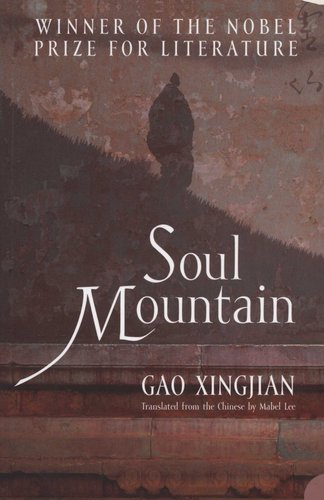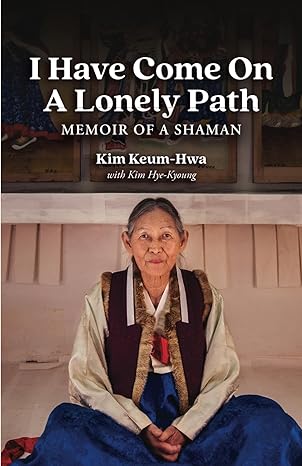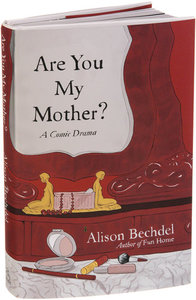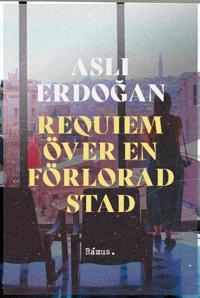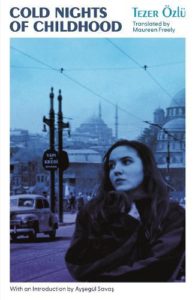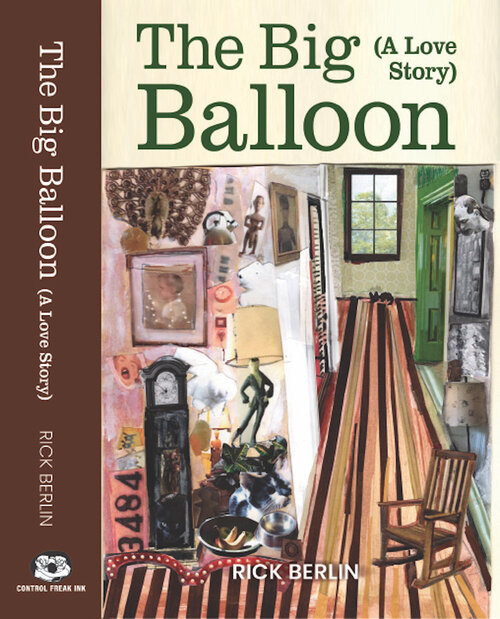This was the second book for the local library’s newly established book circle. (The first being Educated.)
It was also the first time I found myself formulating my responses to a book in Swedish rather than in English, which I think is because Den högsta kasten is such a niche Swedish (and Stockholm) interest. I vented a lot of spleen about it in Swedish but trying to talk about the book in English just leaves me feeling indifferent. Maybe because an English review is the most pointless thing I can imagine. Is there anyone who would simultaneously be interested in Sweden’s culture and arts figures of the mid-90s and unable to read a word of Swedish? Not likely.
Yet onward shall I soldier!
Den högsta kasten is the story of a dissipated year (or less, maybe just a few months) in Carina Rydberg’s life. The book is officially categorized as a novel, as fiction, but all of the people in it are real people and the discussion around Rydberg and the book has always been based on the understanding that it’s not aspiring to be fiction or even a roman à clef, but actually true events. Maybe publishing it as a novel was a way for the publisher to dodge legal liability. Who knows!
My first problem with the book is that its marketing and reputation are entirely misleading. I went in expecting a Dorothy Parker style takedown of rich snobs. Instead, the book pulled a bait-and-switch and made me spend half of the page length with Rydberg in India, which I wouldn’t have minded if she were a gifted travel writer instead of another white European who’s constantly explaining how she’s not like the other tourists, she gets India. When she’s not doing that, she’s locked in a really toxic and unpleasant dynamic with two of her fellow travelers or padding out the lack of content with random childhood memories about beauty and exclusion.
I thought things would improve in the second part, but no. Back in Stockholm and hanging out at PA&Co in Östermalm, Rydberg does not have a particularly keen eye or insightful understanding when it comes to her fellow bar patrons. Instead she latches on to another man, has a few months of some kind of ambiguous connection to him, and then finally declares him a jerk when he refuses to lend her a fair chunk of money. The book ends with Rydberg deciding to turn the whole debacle into a book.
It’s also rich for a book to claim that the “unwanted” would ever be among the regulars at a posh bar in the swank neighborhood of Östermalm alongside all the media movers and shakers, which is exactly how the back text markets itself. It occurs to me that maybe that was an attempt to paint Rydberg as the “unwanted” one, but I highly doubt it.
And finally, the scandal surrounding the book itself seems to have missed the mark when it comes to the content. It seems (based on my cursory reading) that people were clutching their pearls because Rydberg was talking a lot of trash about Important People, how rude, but the only people who really come off as dirtbags here are her lover in India (director Kaizad Gustad) and the lawyer she meets at PA&Co, known only as Rolf or Roffe. Maybe spilling the tea about Rolf’s affair with Harry Byrne’s wife was bad form, but for all I know that was public knowledge before the book came out.
Far more off-putting to me is Rydberg’s complete lack of self-awareness throughout the whole thing. Men treat her like garbage, or at least not like how she wants them to treat her, but she continues to follow after them like a puppy. Are we supposed to understand that there’s a connection between her embarrassments in childhood and her behavior now? Maybe, but in a book that’s otherwise hellbent on interpreting itself for the reader, she refuses to signpost that connection at all. Other times it’s obvious that Rydberg is inferring a whole lot about people’s motivations, mixing it with a heaping helping of wishful thinking and presenting it all as Objective Fact when there’s no way she can know one way or the other. “He was talking so loudly at the bar because he wanted me to hear him, even though we weren’t talking to each other anymore, I just know it.” Rydberg comes off as the most clueless person on earth.
My second problem with Den högsta kasten was that it’s a structurally incoherent book. The two parts have nothing to do with each other. In the second part, Rydberg tries to draw connections between what happened to her in India and the people around her now in Stockholm, but it always feels like either a very naked attempt to foist cohesion on a book that has none or to bully the reader into liking the first part. On more than one occasion she tells us that after hearing about her trip to India, so-and-so tells her, “Wow, what a great story, you should turn it into a novel.”
I wonder how often Rydberg failed to detect the note of sarcasm in someone’s voice.
My third problem is with the content itself. In addition to not living up to its reputation, Den högsta kasten reads to me like a book that could be written by the people in my life who later turned out to be, to put it bluntly, stalkers. Specifically, I’m thinking of two people I knew who, beyond being obsessed with a crush, invented entire relationships out of whole cloth and then villainized the other party for not returning their feelings when faced with undeniable reality. Talking trash about movie directors or broadcasting a couple’s marital troubles for all the world to hear is one thing; ruminating in a thought pattern that could well lead to violence or other drastic consequences is another, and that’s probably what made Den högsta kasten so unappealing for me.

